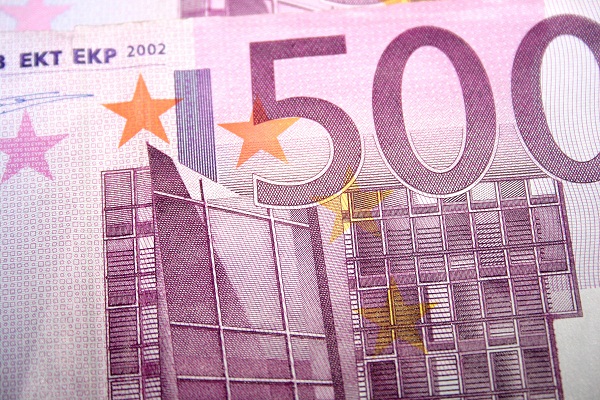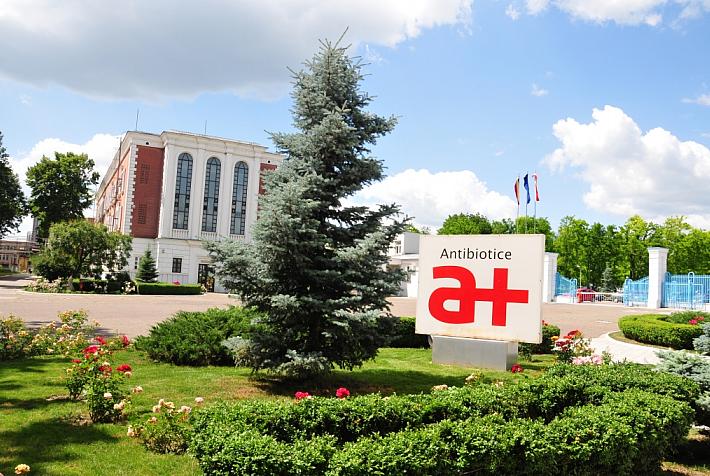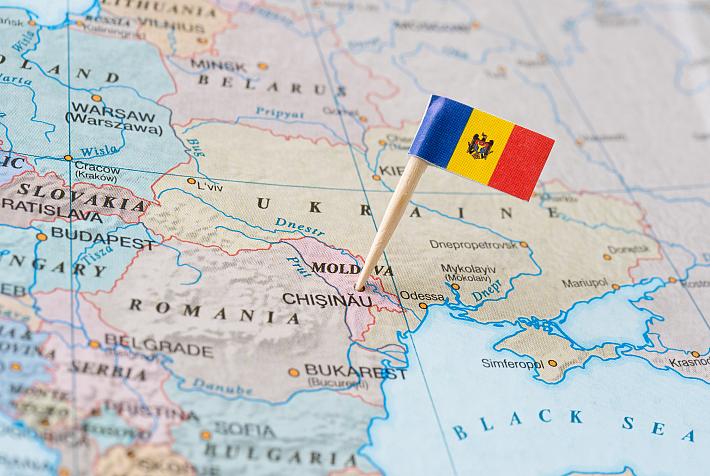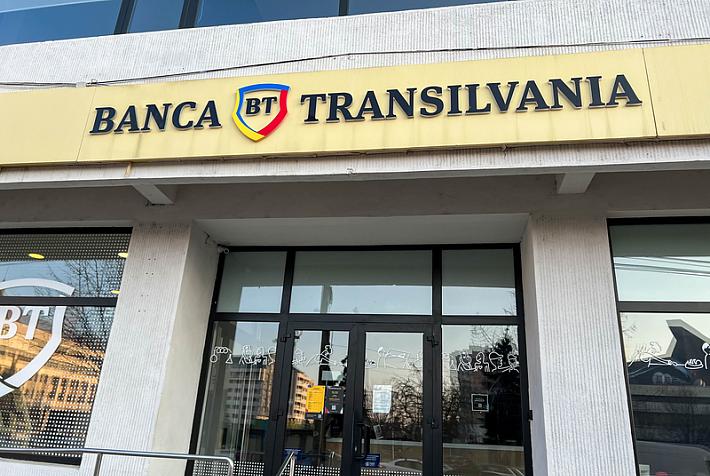EU funds for Romania: main financing programs

 Romania's EU membership enables companies to seek financial support from the EU through structural and cohesion funds. Romania-insider.com starts a new series of articles providing information about European funds, the way companies and individuals can access them, as well as practical advice for those interested in making a successful project. Firstly, let's look at what are the main categories of funds available from the EU.
Romania's EU membership enables companies to seek financial support from the EU through structural and cohesion funds. Romania-insider.com starts a new series of articles providing information about European funds, the way companies and individuals can access them, as well as practical advice for those interested in making a successful project. Firstly, let's look at what are the main categories of funds available from the EU.
By Alexandra Fodor
Following its EU accession in 2007, Romania became eligible for more than EUR 30 billion of EU structural and cohesion funds, between 2007 and 2013. European Union funds are distributed to their beneficiaries through operational programs managed by ministries. Eligibility to receive funding for projects is restricted to Europe-based firms. U.S firms may participate in projects receiving EU funding through two methods: either U.S. subsidiaries located in any of the 27 European Union countries, and legally registered, considered European firms or U.S. firms without European subsidiaries but which partner with a European firm to be eligible for a particular project.
The maximum contribution of the funds to a project depends on the type of project; it is possible to get non-reimbursable funds of 50-70 percent of an investment. Each project needs co-financing. So beside EU funds, also national funds are needed.
For companies, the main national programs are:
The operational program “Increase of economic competitiveness” which is managed by the Ministry of Economy, Trade and the Business Environment has a budget of EUR 3 billion and its main objective is to increase Romanian companies’ productivity. The main types of investments funded are
*Production capacity: The target beneficiaries are both existing enterprises that need to modernize and develop their products and technological processes and new enterprises, especially from the processing industry and construction sector that need qualified and integrated support by a proper development of business environment.
*Research and development: Companies could get EU funds for industrial research and pre-competitive development activities that generate results of economic interest and support the transformation of the research results into new or improved products, technologies and services with high demand on the market.
*Energy: The program also finances projects aimed at improving end-user energy efficiency and promotes specific types of investments in installations/equipment of industrial operators in order to achieve energy savings, based on energy balance.
The National Program for Rural Development managed by the Ministry of Agriculture and Rural Development has a budget of EUR 8 billion and promotes the investments in agricultural holdings, for new buildings and / or the modernization of existent agricultural buildings, as well as the connected utilities, the acquisition of new equipment and machines and setting-up farms.
The operational program Human Resources Development managed by the Ministry of Labor, Family and Social Protection, has a budget of EUR 4 billion and its objective is to develop human capital and to increase employee competitiveness, by linking education and lifelong learning with the labor market.
In the following weeks we'll cover more operational programs, underlining their features and ways to access funds and give examples of companies having used EU funding for their projects.
alex@romania-insider.com











